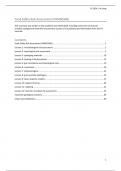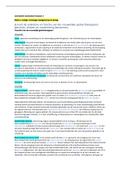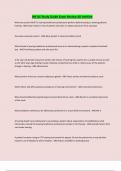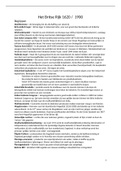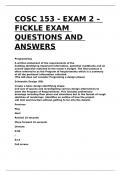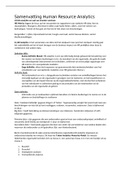Samenvatting
Summary Food Safety Risk Assessment (FHM30306)
This summary was written in the academic year , including notes from all lectures (+slides), background material from previous courses (+2 factsheets) and information from the PC tutorials. Grade: 7
[Meer zien]
